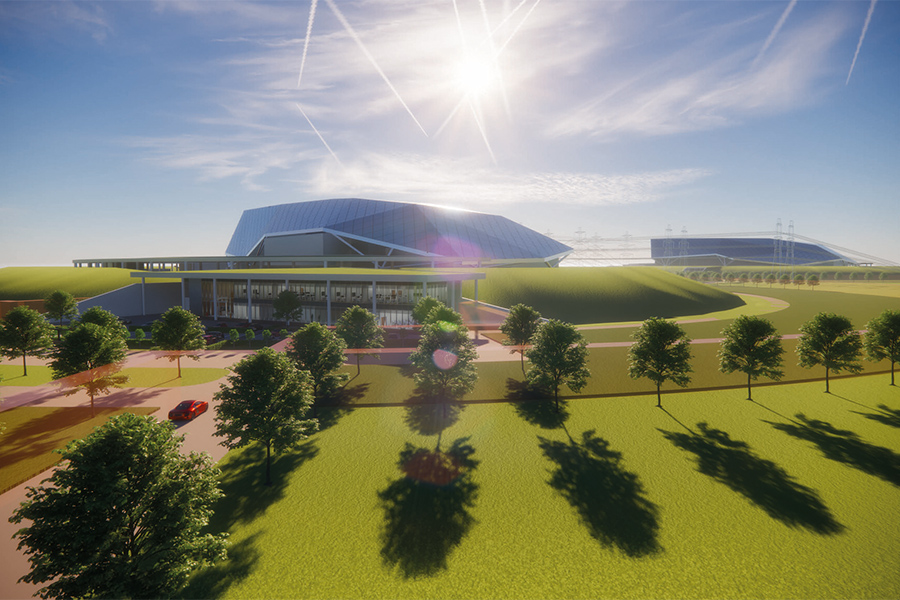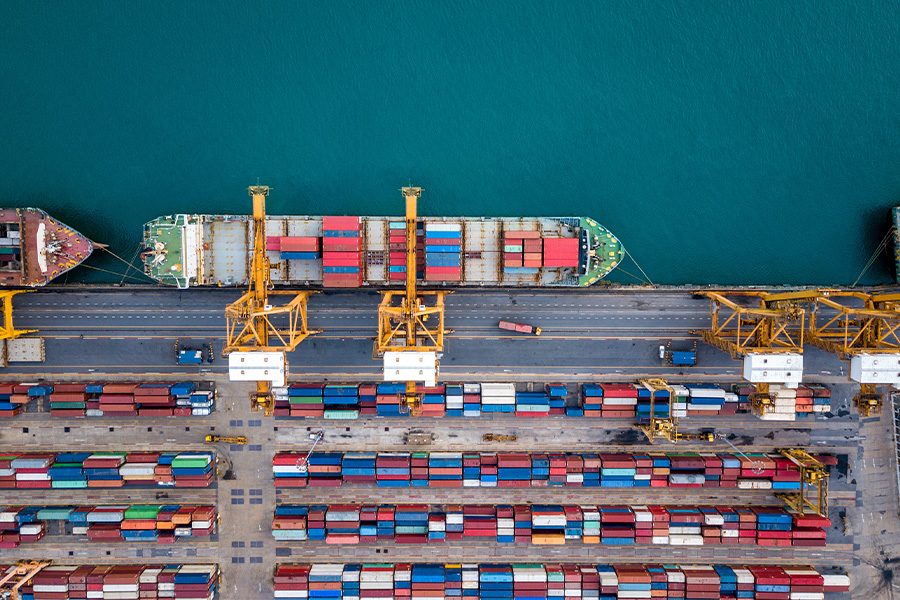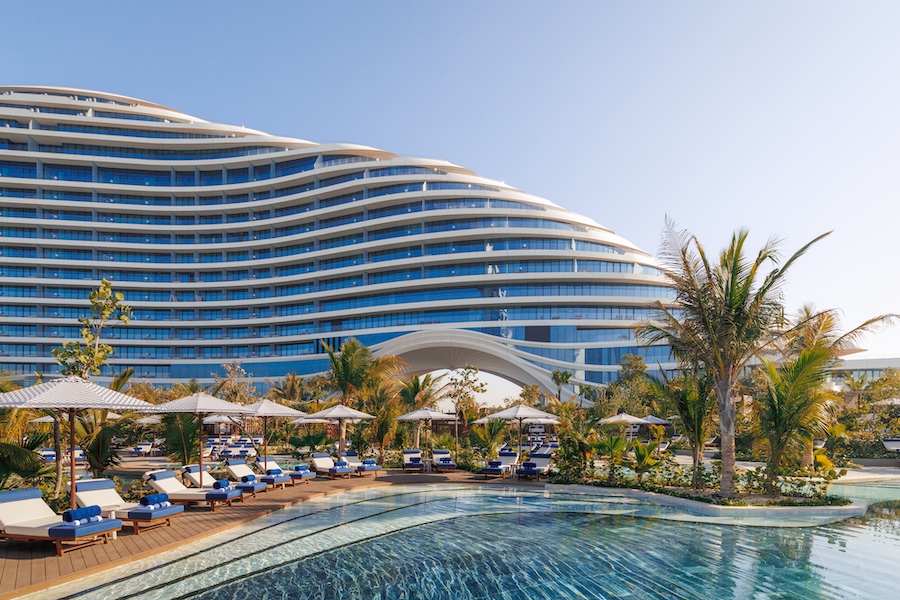Tonight HD inducts five industry luminaries into its hall of hame, Hiroshi Nakamura conceives an environmentally friendly waste center, and supply chain issues continue to create complications. All that and more in this week’s Five on Friday.
Get to know the 2021 Platinum Circle honorees

The 32nd annual Platinum Circle Awards gala will be held tonight at Cipriani 25 Broadway in New York. The black-tie-creative affair will honor five industry titans, who you can get to know in episodes of HD’s What I’ve Learned podcast. Learn more about Hilton senior vice president of global design services Larry Traxler; EDG president and CEO Jennifer Johanson; president and co-partner of Ace Hotel Group and Atelier Ace Brad Wilson; and Neri&Hu partners Lyndon Neri and Rossana Hu.
Afrofuturism arrives at the Met
View this post on Instagram
The new exhibition Before Yesterday We Could Fly has opened at the Metropolitan Museum of Art in New York. Named in reference to Virginia Hamilton’s legendary retellings of the Flying African fable, the exhibit comprises a space inspired by Seneca Village—a vibrant 19th century community of Black landowners and residents that flourished in what is now Central Park. The Before Yesterday concept elevates the aesthetic and spirit of Seneca Village through a lens of Afrofuturism, or, according to the Met, “a transdisciplinary creative mode that centers Black imagination, excellence, and self-determination” and imagines the community as it may be today and beyond. A kaleidoscope of sound, storytelling, and objects from the Met’s collection animate the exhibit, from Bamileke beadwork and 19th century American ceramics to contemporary art and design. New acquisitions from Njideka Akunyili Crosby, Fabiola Jean-Louis, and Jenn Nkiru are also on display.
Rolls-Royce goes nuclear

Rolls-Royce small modular nuclear reactor; rendering courtesy of Rolls-Royce
British jet engine manufacturer Rolls-Royce has revealed plans to roll out a series of small nuclear reactors as the UK explores how to cut carbon emissions and reduce the cost of nuclear energy. The New York Times reports that the proposed designs would total nearly the size of two soccer fields (about one-tenth the acreage of conventional nuclear plants) and would generate less power (about one-seventh the output of existing nuclear plants in Britain) and operate at a smaller cost. The British government will contribute a grant of $280.9 million to support the development of 16 modular reactors while Rolls-Royce and partners will invest $260 million over three years. In its entirety, the project will be equipped to power nearly one million homes.
Will supply chain woes ruin the holidays?

The limits of our crippled supply chain are about to be tested as we enter the holiday season, and Adobe’s Digital Economy Index (DEI) has indicated which sectors will yield the greatest shortages. The DEI has tracked more than a trillion retail websites in the U.S. in addition to 100 million SKUs and concluded that more than two billion out-of-stock messages were received by shoppers in October 2021 alone. According to Fast Company, the categories with the most out-of-stock products were: electronics, jewelry, apparel, home and garden, and pet products. To further complicate matters, shortages are being met with an 8-percent increase in consumer spending, year-over-year. Good luck out there and remember—one gift you’ll never have trouble finding is a good book.
Hiroshi Nakamura crafts a space for waste
View this post on Instagram
The Kamikatsu Zero Waste Center is designed by Japanese architect Hiroshi Nakamura as the country’s first structure to pass a zero-waste declaration. The center includes nearly 700 windows donated by the community of Kamikatsu as well as timber offcuts and terrazzo flooring composed of recycled glass and pottery. Dezeen writes that the new recycling facility honors principles of reuse at the heart of the town, which became the first Japanese municipality to issue a Zero Waste Declaration in 2003. All residential waste produced are recycled or reused instead of sent to a landfill or incineration. Kamikatsu has since developed a system that orients waste in 45 categories and maintains a recycling rate in excess of 80 percent.
More from HD:
Oaxaca’s Casa Silencio Celebrates Mezcal Culture
Meet the Minds: Studio UNLTD
Monastero Arx Vivendi Maintains Its Old-World Charm



